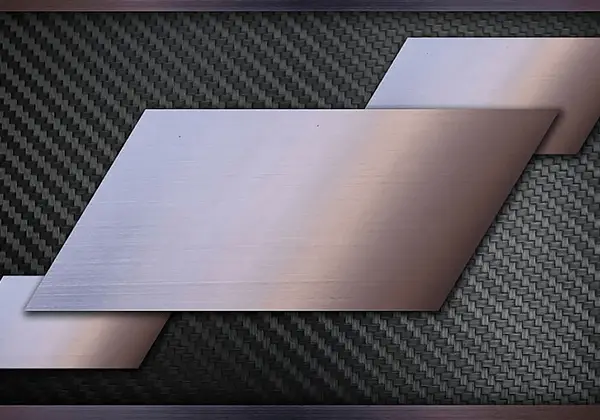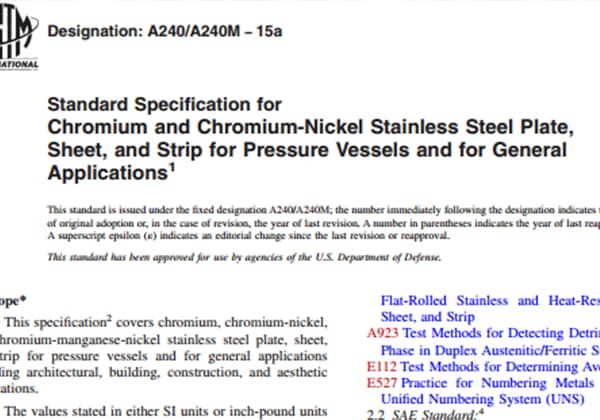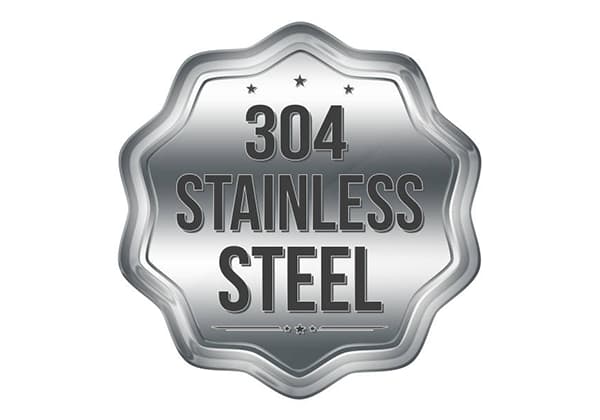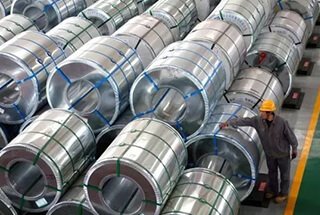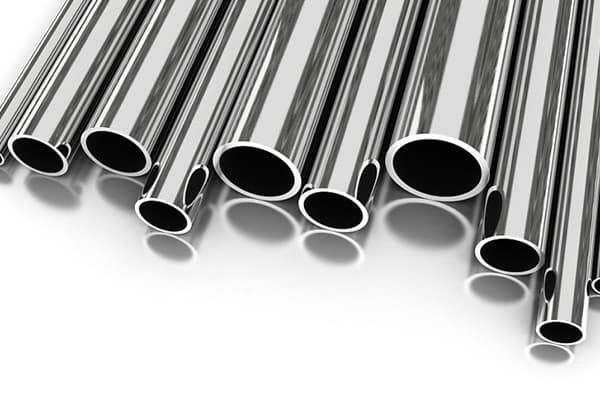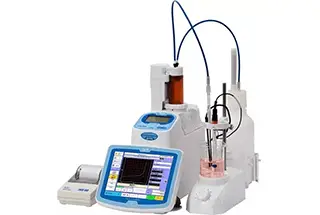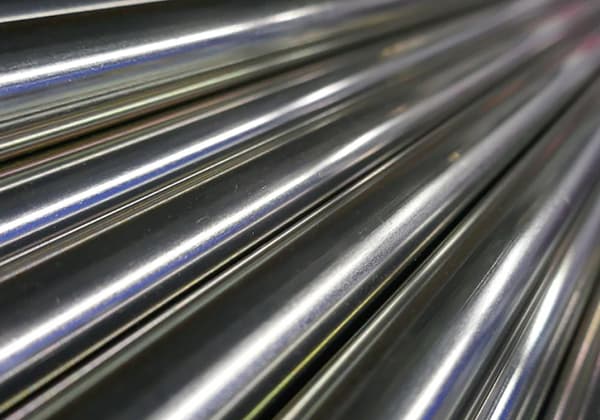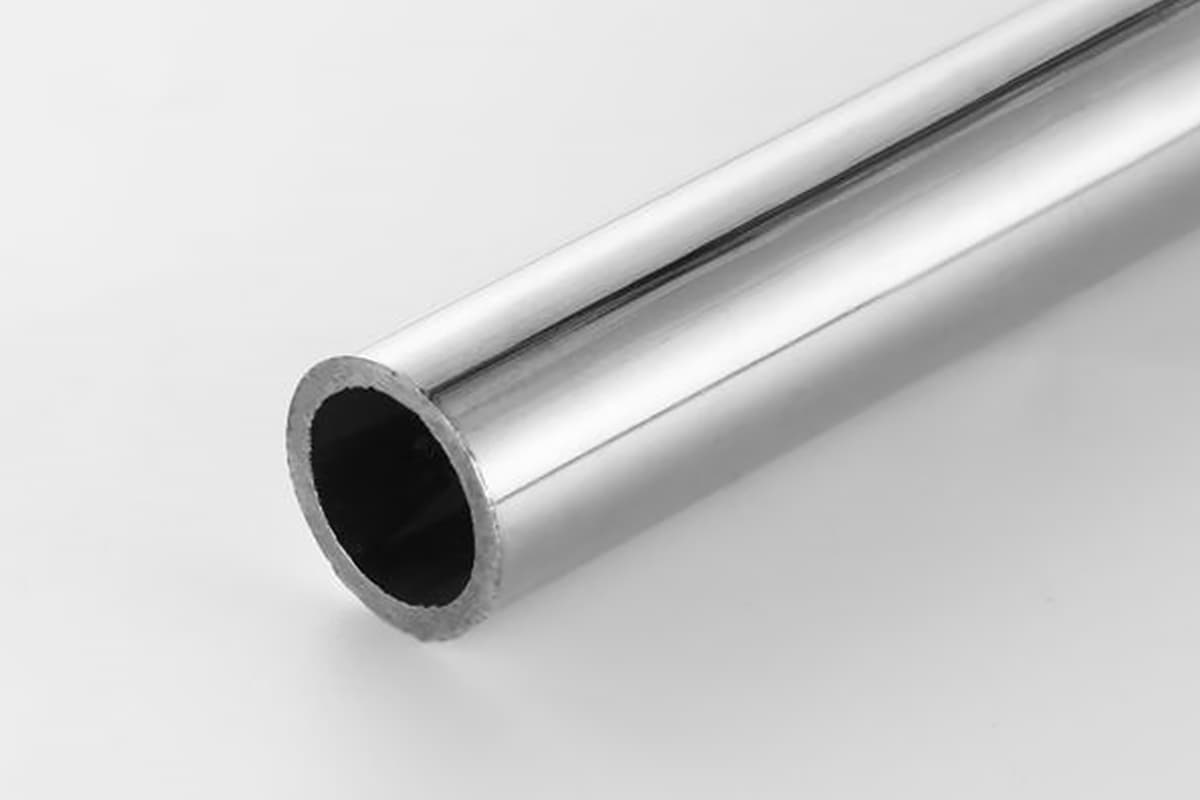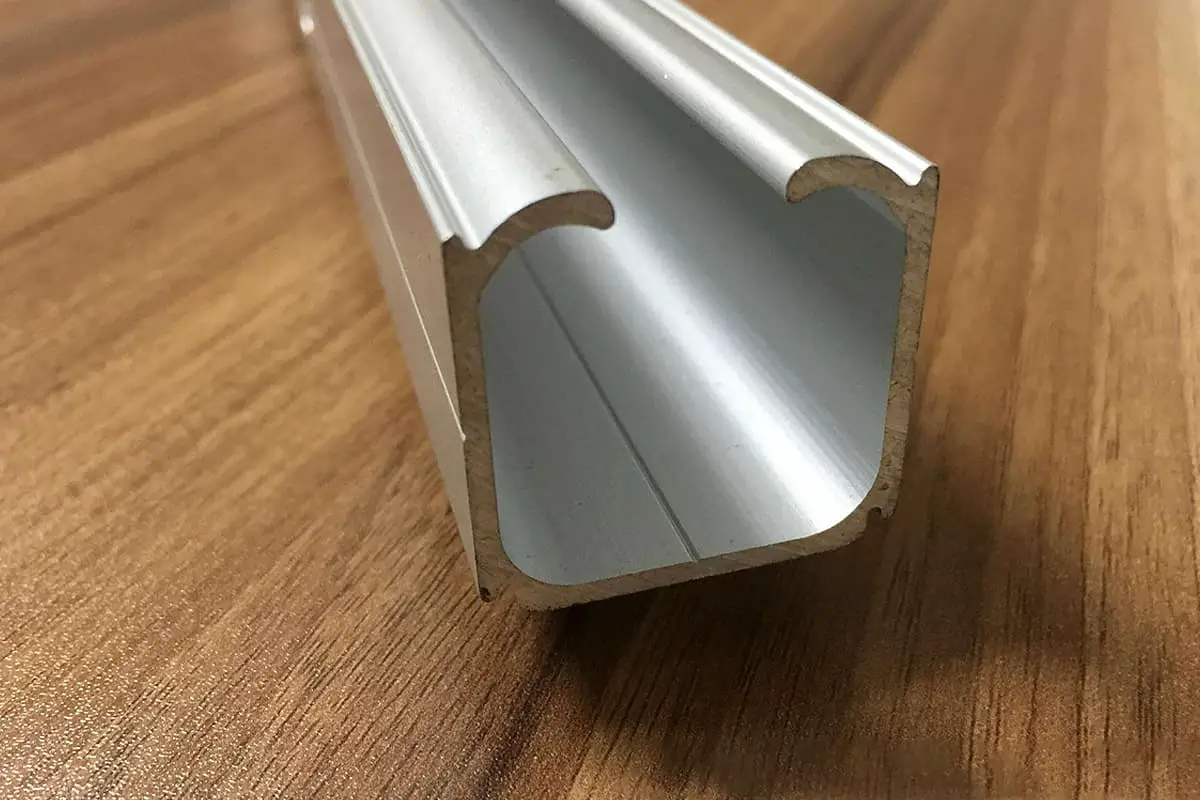
What makes 316L stainless steel a top choice for critical applications? Its unique chemical composition, which includes chromium, nickel, and molybdenum, gives it superior corrosion resistance and mechanical properties. This article delves into the specific elements and their proportions that define 316L stainless steel, comparing international standards and explaining how these variations impact its performance and suitability for different environments. By understanding these details, you’ll learn how to select the right stainless steel for your needs.
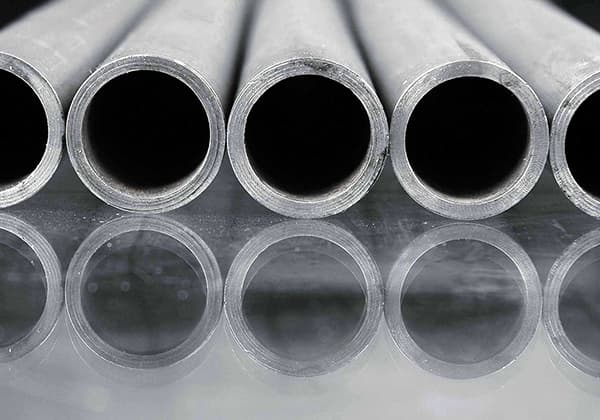
The composition of 316L stainless steel primarily consists of Cr, Ni, and Fe. 316L is the American standard for stainless steel, with the corresponding Japanese standard being SUS316L, and the national standard being 022Cr17Ni12Mo2 (refer to the comparison chart of stainless steel material standards).
However, the chemical composition requirements of 316L stainless steel in different national standards may vary slightly. For instance, the nickel content requirement of 316L stainless steel in the Japanese standard JIS G4305 should be between 12-15%, while the Chinese national standard GBT 24511-2017 requires it to be between 10-14% and the American ASTM A240 standard is in line with China’s. The Japanese standard has a higher nickel content requirement compared to the national and American standards.
The chromium content of 316L stainless steel is between 16-18%, and the chromium content requirements in the national standards are similar.
Related reading: 316 vs 316L Stainless Steel

The iron content (Fe) of 316 stainless steel accounts for approximately 69%, and the composition of 316L stainless steel consists of other alloy elements apart from iron. For detailed information on the chemical composition content of 316L material, refer to the comparison table.
National Standard 316L Stainless Steel Composition Comparison Table (Element Content Ratio)
| Standard name | UNS No. | Grade | C | Mn | P | S | Si | Cr | Ni | Mo | N |
| American standard ASTM A240M-15a | S31603 | 316L | 0.03 | 2 | 0.045 | 0.03 | 0.75 | 16-18 | 10-14 | 2-3 | 0.1 |
| Old China standard GB24511-2009 | S31603 | 022Cr17Ni12Mo2 | 0.03 | 2 | 0.035 | 0.02 | 0.75 | 16-18 | 10-14 | 2-3 | 0.1 |
| New China standard GB/T24511-2017 | S31603 | 022Cr17Ni12Mo2 | 0.03 | 2 | 0.035 | 0.015 | 0.75 | 16-18 | 10-14 | 2-3 | 0.1 |
| Japanese standard JISG4305:2005 | – | SUS316L | 0.03 | 2 | 0.045 | 0.03 | 1 | 16-18 | 12-15 | 2-3 | – |
| European Standard EN10028-7:2007 | – | 1.4404 | 0.03 | 2 | 0.045 | 0.015 | 1 | 16.5-18.5 | 10-13 | 2-2.5 | 0.1 |
Note: the proportion is a percentage, i.e. “%”;
Except for the indicated range, all the ingredients listed in the table are maximum values;
Excluding differences in production process and technology, the performance and use limitations of stainless steel are primarily determined by its chemical element content. As such, it is important to choose qualified and economical steel grades based on factors such as material properties, use environment, processing technology, and cost budget.
The chemical composition of 316L stainless steel differs from that of 304, 321, and other stainless steels, giving it unique physical and chemical properties that make it ideal for specific applications.
To help with the selection process, it is important to refer to the chemical composition standard (316L element content table) of 316L stainless steel, which includes standards such as SUS316L, 316L, 022Cr17Ni12Mo2, and 1.4404. As seen in the table, the chemical composition standards specified by different countries have only minor differences, typically in the content of individual elements such as phosphorus, sulfur, silicon, and nickel.

